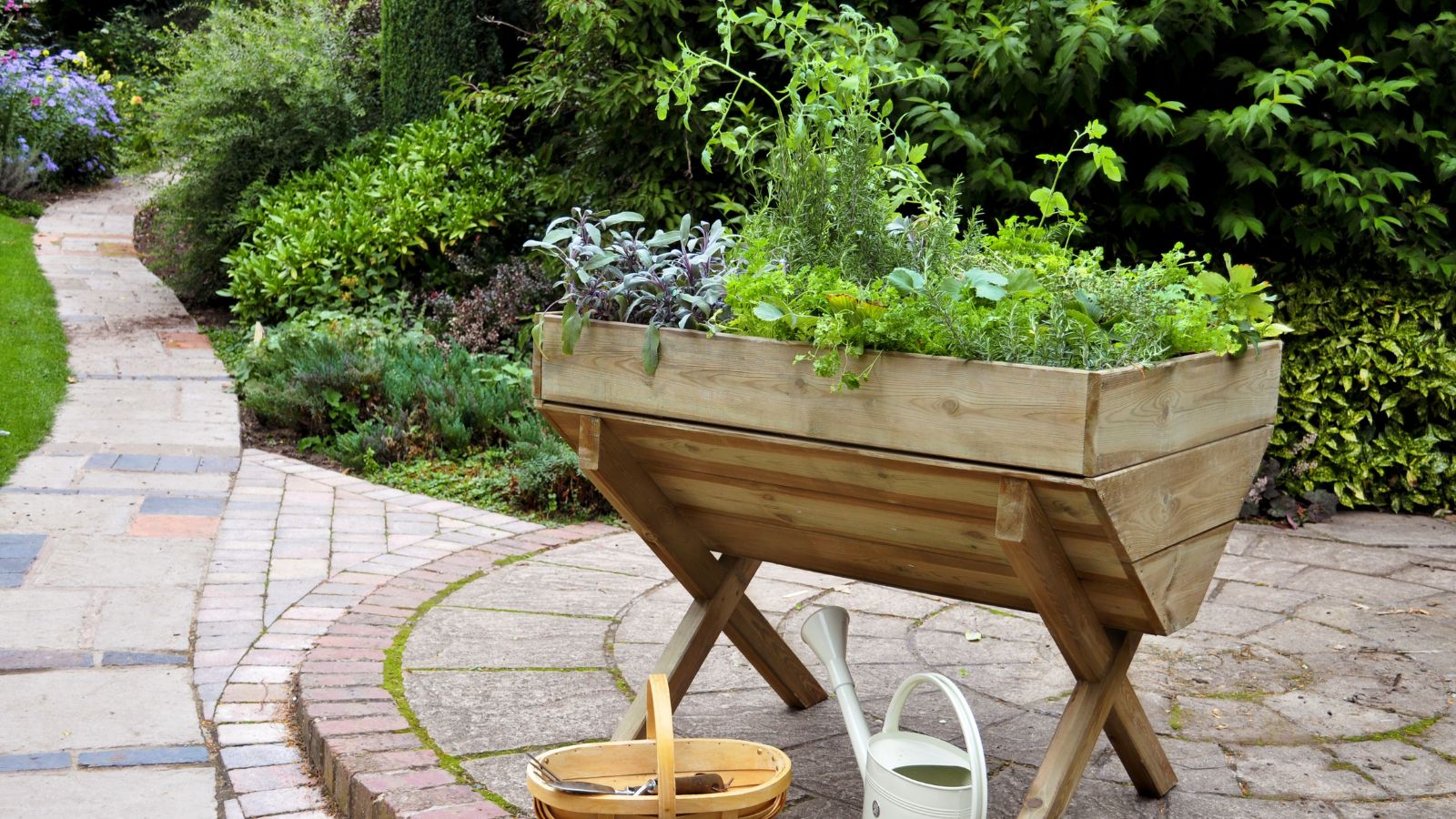
Did you know that strategically planting certain herbs together can significantly enhance their growth and health, while also preventing common problems? This approach makes tending to your herb garden a low-maintenance task, as the herbs can naturally support one another.
One of the best herb ideas is companion planting. This technique not only optimizes your garden space – whether you are growing herbs in pots or garden beds – but also fosters a natural synergy that improves plant vitality, deters pests without chemicals, and attracts beneficial insects.
By understanding herbs that grow well together, you can design a balanced garden ecosystem that sustains plant health and promotes growth, allowing your herbs to thrive together, and creating a more efficient garden.
1. Herbs that grow well together
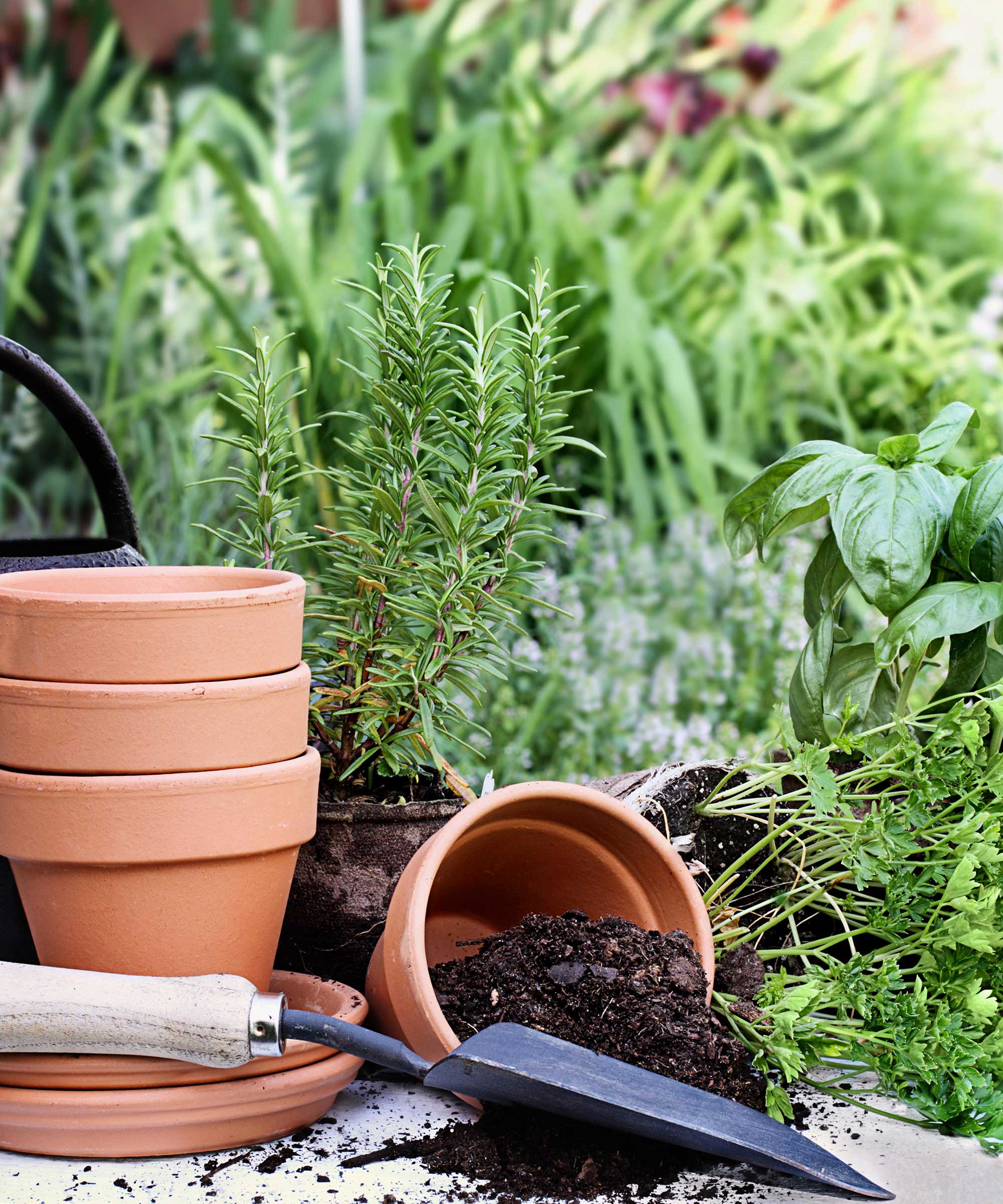
Rosemary and sage: Growing sage and rosemary, both Mediterranean natives, is made easier because of their similar growing requirements: plenty of sunlight and well-drained soil. They can be planted side by side in soil enriched with organic matter or a moisture control potting mix (such as this one from Amazon) to ensure proper drainage. Position them in sunny spots to maximize their growth and health.
Thyme and oregano: ‘These herbs, originating from the Mediterranean, are both drought-resistant and prefer sunny conditions,' explains Carolyn Fortuna, a horticulturist and organic gardener. 'Thyme also serves as a ground cover, which helps to conserve moisture and prevent oregano from drying out and suppresses weeds.' Oregano has a stronger flavor and grows more vigorously, while thyme stays lower to the ground, so they don’t compete for space.
Basil and oregano: Growing oregano and basil means planting in warm, sunny spots with well-drained soil. This makes them perfect companions in Mediterranean-style herb gardens. Oregano also gives some partial shade to a heat prone basil.
Chives and parsley: These herbs have complementary growth patterns, with chives growing upright and parsley spreading outward, making them a great space-saving combination. Parsley’s bushy structure also provides shelter and moisture, creating an ideal microclimate for growth.
Cilantro and dill: Cilantro and dill are cool-season herbs, meaning they’ll thrive in partial shade and cooler temperatures. Cilantro has a shorter growing season, so plant it in succession to keep a steady supply. Dill, on the other hand, will self-seed if you let it flower, and will give you new plants for free next year.
2. Effective combinations for pest control
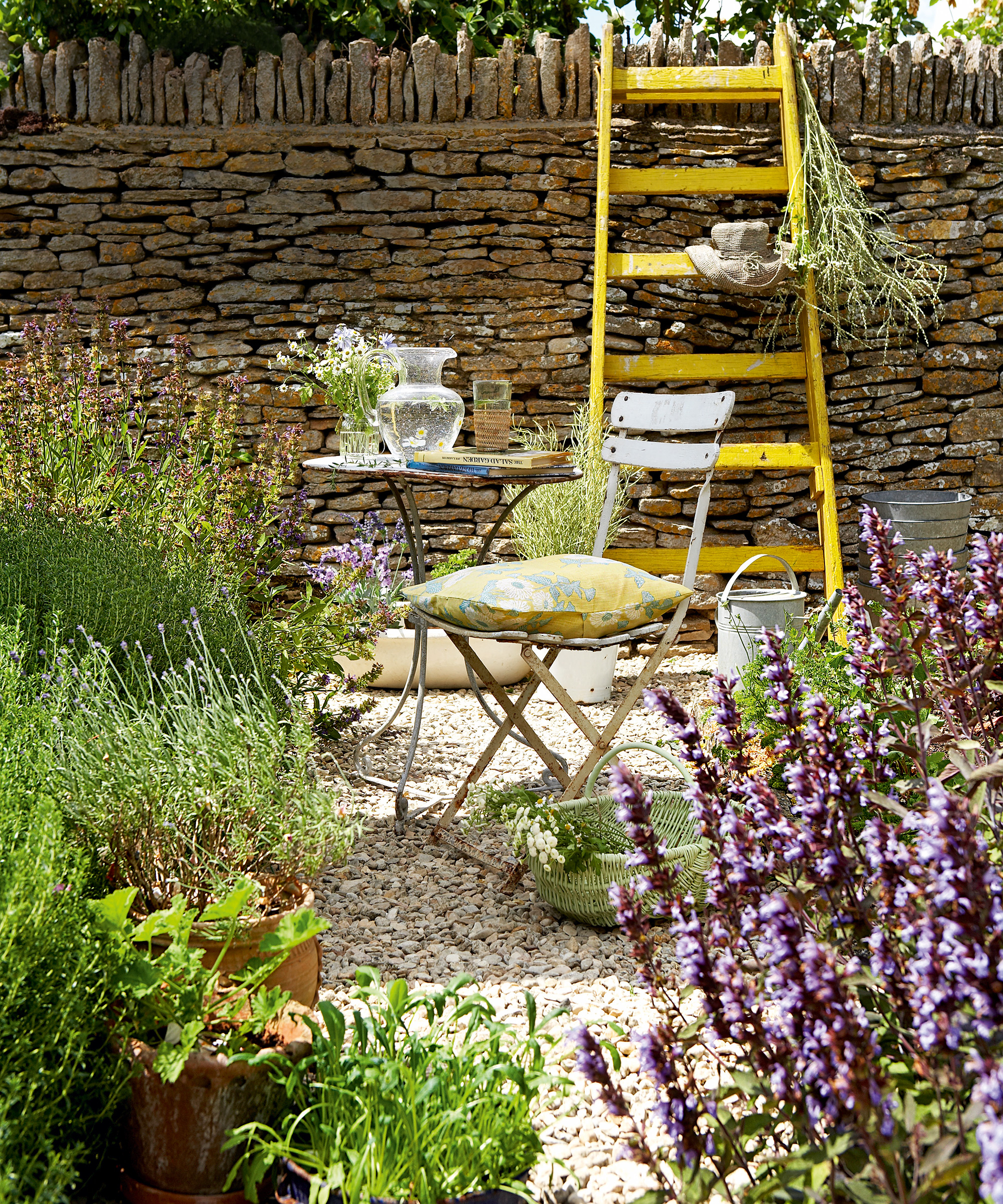
Rosemary and sage: Aside from being compatible plants, Matthew Wilson, the CEO of Handy Gardeners explains: 'Sage repels damaging insects, specifically carrot flies, while rosemary is a formidable defender against cabbage moths and bean beetles which tend to target leafy herbs like sage. Together, they create an organic, living barrier around the pests, thus giving your garden a sense of self-sufficiency and perfume.’
Basil and oregano: Basil repels common tomato pests like aphids, and spider mites. The strong fragrance of basil also masks the scent of growing oregano, confusing pests.
Chives and parsley: Their pungent essential oils naturally repel pests like aphids, spider mites, and leafhoppers. Chives act as a natural insect repellent, protecting parsley from aphids.
Mint and cilantro: Mint has ant and aphid-repelling qualities. The strong fragrance of mint deters cabbage moths and other pests.
Mint and nasturtiums: Mint repels ants, aphids, and flea beetles, while nasturtiums act as a trap plant, making them one of the best flowers to plant in a vegetable garden to deter pests. This makes them a great combo for keeping your herb garden pest-free. Mint’s vigorous growth can overwhelm other plants, so it’s best to plant it in a container nearby rather than directly in the garden bed.
Aiming to go all out with your herb garden? This set features two spacious garden beds, each measuring 43.75" L x 21.75" W x 9.75" H, offering ample room for companion planting and maximizing growth potential.
A wall planter can be a great way to save space while allowing herbs to grow side by side. This is especially useful for companion planting when certain herbs benefit from being near each other, but need separate soil conditions to thrive.
Using this tiered planter, you can strategically position herbs that thrive together based on their height and spread. This layout ensures that taller herbs don’t overshadow their shorter counterparts or provide necessary shelter for moisture retention.
3. Herbs that bring beneficial insects
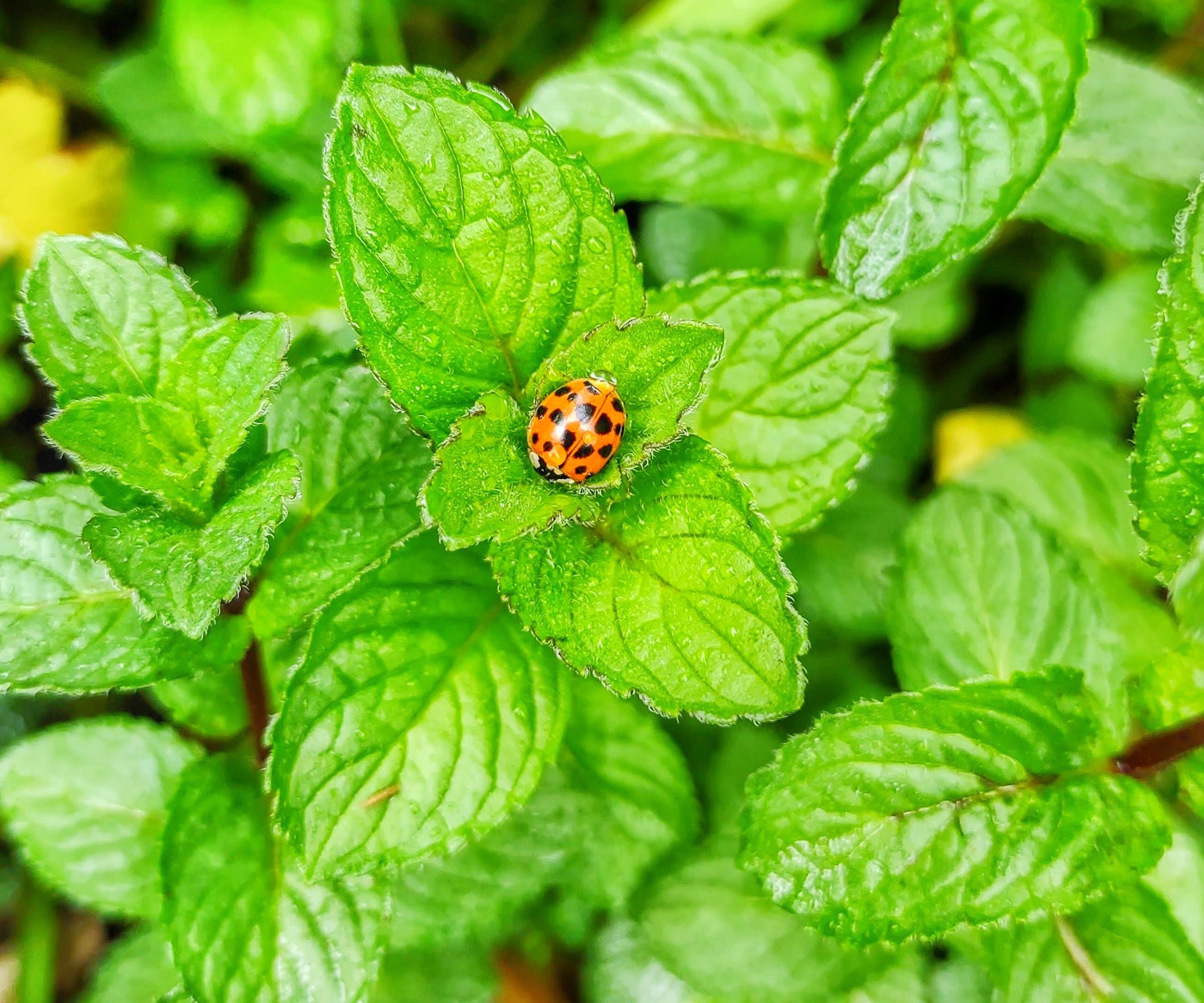
Cilantro and dill: This is a winning combination because both herbs attract beneficial insects like ladybugs and parasitic wasps, which prey on harmful bugs like aphids and mites. Dill is especially helpful for attracting pollinators such as bees and butterflies, ensuring that the rest of your garden blooms beautifully.
Mint and cilantro: Mint repels ants and aphids, while cilantro attracts beneficial insects such as ladybugs.
Fennel and dill: Fennel and dill both attract a variety of beneficial insects, including ladybugs and lacewings, which prey on aphids and other pests. Be cautious with fennel, as it can be allelopathic, inhibiting the growth of other herbs. Plant it away from delicate herbs.
4. Herbs that boost each other's flavor
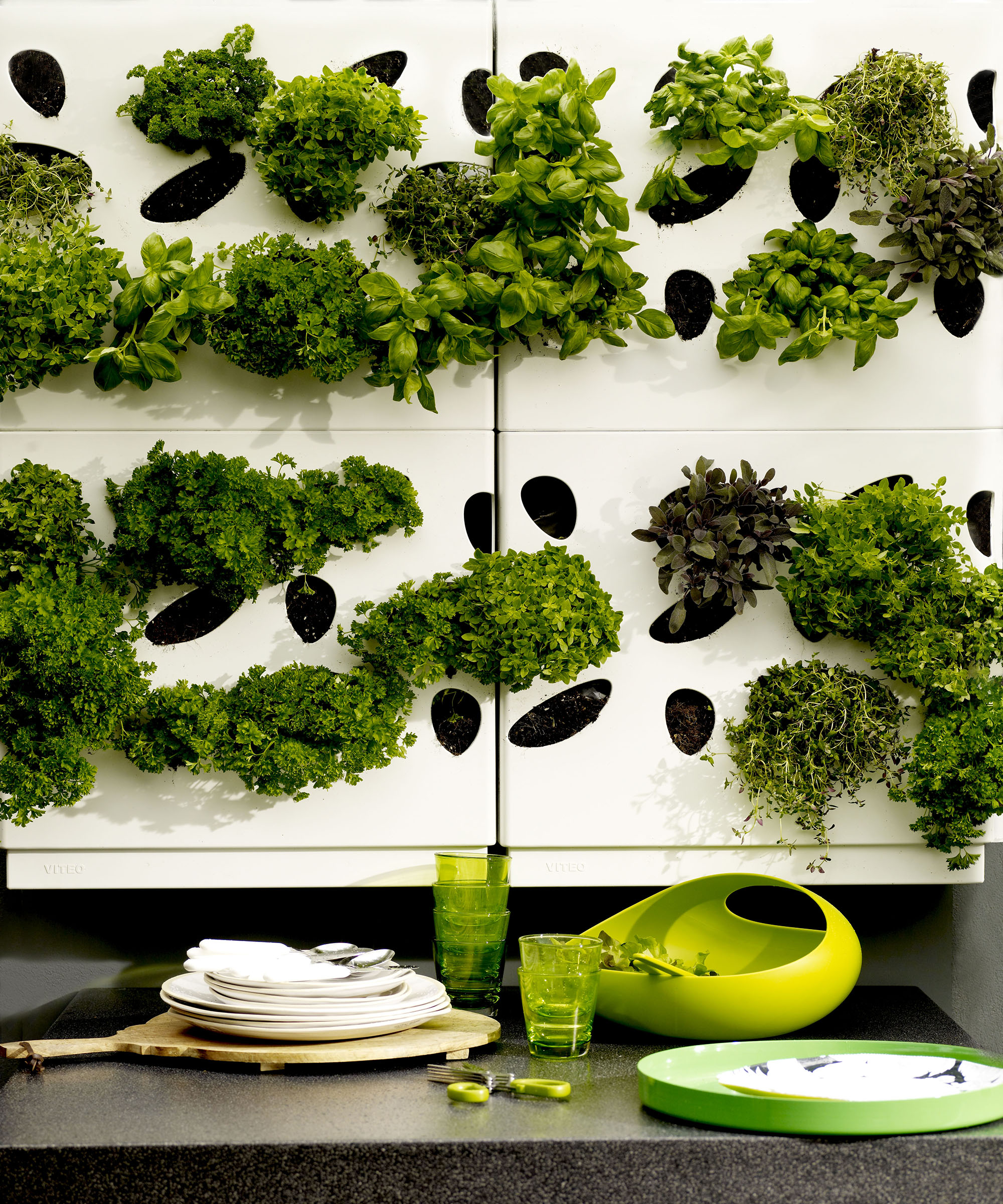
Basil and oregano: Certain herbs can enhance each other’s flavors when grown together, thanks to their unique chemical compounds and growth habits improved flavor profiles. Basil has a sweet, aromatic flavor, while oregano offers a warm, slightly peppery taste. Planting them together not only conserves space but also enhances the flavor of both herbs.
Thyme and rosemary: Rosemary has a robust, pine-like flavor, while thyme is more subtle with earthy undertones. The combination of these herbs can enhance each other's flavors due to their interaction in the garden
Thyme and oregano: These two herbs share similar flavor notes, and when grown together, they can create a more robust and aromatic blend.
FAQs
What are the benefits of companion planting herbs?
Microclimate benefits: Companion planting herbs can create a favorable microclimate that will benefit growth. Taller herbs can provide shade for more delicate herbs, improving their flavor, while low-growing herbs can serve as a ground cover, retaining moisture in the soil.
Soil health: 'Diverse plantings can improve soil health through enhanced nutrient uptake and microbial activity, which can contribute to richer flavors in herbs,' explains Carolyn Fortuna, a horticulturist and organic gardener.
Natural insecticides and insect attractors: Choosing herbs that grow well together keep pests at bay and attract pollinators and beneficial insects with the potential to enhance plant health and increase harvest yields. This can eradicate the need for chemical-based pesticides which can be harmful to plants, saving you time and effort while supporting a healthier ecosystem.
Improved flavors: When planted together, herbs can share nutrients and chemical compounds that enhance their flavors.
Once you know which plants grow together, the next step is to plan your layout and be aware of potential companion planting mistakes.
Consider the height and spread of each herb. Place taller herbs, like rosemary or sage, in the back or upper tiers of a garden bed, ensuring they don’t overshadow shorter varieties, such as basil or chives. This strategic arrangement not only maximizes sunlight exposure but also allows the taller herbs to provide necessary shelter for the smaller plants.
Also consider the spacing between plants to avoid overcrowding, which can lead to competition for nutrients and water. Remember, companion planting herbs isn't just about pairing plants that thrive together, but fostering a healthy ecosystem where each plant contributes to the overall success of your herb garden.







